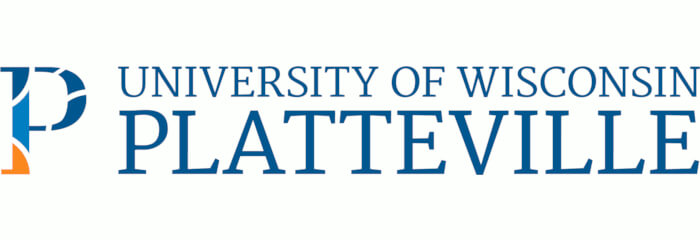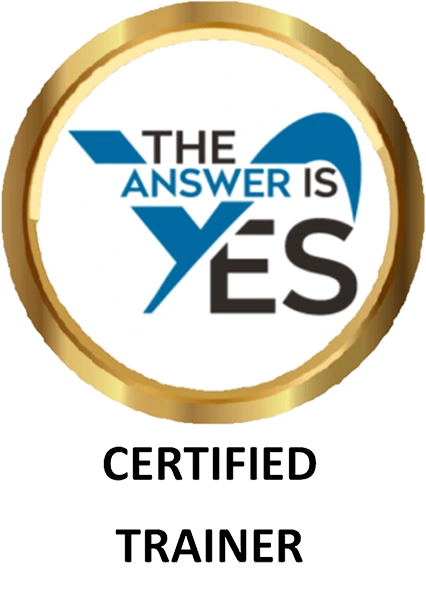“Language exerts hidden power, like the moon on the tides.” Rita Mae Brown
For many years, I have used the same case study in a seminar to teach managers how to coach their employees to improve performance. Luckily, it has resonated with participants in the past, so I had no idea that it needed to be revised.
Recently, I had a rude awakening when the class (composed of participants with similar roles and responsibilities to previous participants) pointed out that the case study needed improvement to be meaningful for them.
Here are the changes that they requested:
- Current Language: The employee in question is identified by name but not by title.
Recommended Revision: Include the employee’s title, so the participants have a clear idea of his role and responsibilities.
- Current Language: The employee’s affected co-workers are identified by name.
Recommended Revision: Identify those affected by the employee’s behavior as “your team members and members” to reinforce the fact that his behavior also has an impact on the customers. (Note: The participants are from credit unions whose “customers” are actually credit union members.)
- Current Language: The employee’s proposed solution for checking to see if he is at work on time is for him to walk by the manager’s office on his way to his desk.
Recommended Revision: Replace this proposed solution with a meeting to review his timesheet. Managers are often not at their desks and the timesheet will provide sufficient confirmation of the employee’s timeliness (or lack thereof).
- Current Language: The manager says “I’d also like for us to meet in two weeks to discuss how things are going.”
Recommended Revision: Have the manager use a more directive approach, saying “Let’s meet in two weeks to discuss how things are going.”
The case study was intended to be as close as possible to the participants’ work reality. These recommended changes may seem minor, but they have a significant effect on the case study as a learning tool:
- Providing the employee with a title helps the participants place him in the context of credit union activities and services.
- Knowing the employee’s title and role helps the participants to recognize that the employee’s behavior has an adverse impact on everyone on his team as well as on the credit union members.
- Using the timesheet to check on the employee’s timeliness is a more objective and reliable solution that the participants would be more likely to use with their own employees.
- Making sure that the follow up meeting is stated as a clear expectation and directive rather than a vague proposal supports the participants’ understanding that a manager has ultimate control over the resolution of work performance issues.
I am so glad that the participants were willing to point out the flaws in the case study and work with me to identify more appropriate language.
This is a yearly seminar, so I can’t wait until next year to see how closely the case study aligns with the participants’ managerial reality. And if it needs more tweaking, so be it.
May your learning be sweet.
Deborah





